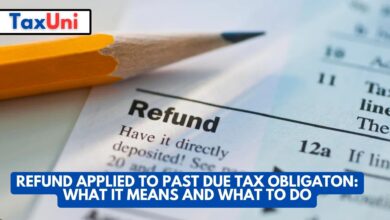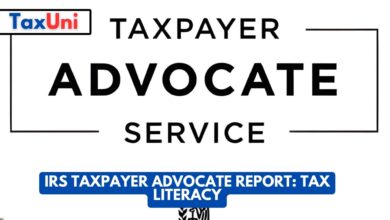Schedule D

Schedule D, Capital Gains and Losses is an attachment of Forms 1040 and 1040-NR. Taxpayers that have capital gains whether taxable or not are mandated to use Schedule D to report this income to the Internal Revenue Service.
Schedule D is a rather simple tax form that’s very important as you’ll need to report every capital gain whether they are ordinary or long-term capital gains. Since these two are taxed differently, the ordinary (short-term) and long-term capital gains must be reported accurately. You will need to amend the return otherwise, as the way your liability on them is wrongly calculated.
Fill out Schedule D
Fill out Schedule D, Capital Gains and Losses to attach it to your federal income tax return. You can fill out Schedule D online and print out a paper copy with the information you’ve entered. Take note that this is by no means a replacement for e-filing. This option is for those who are mailing their returns to the IRS, thus, preparing a paper return.
The Capital Gains and Losses form for your federal income tax return is made up of three different parts. You will report:
- short-term capital gains
- long-term capital gains
- a summary of above
When you complete it, you’ll know the portion of your capital gains that count towards your gross income, and those that will be taxed with the capital gains tax rate. How much tax you’re going to pay depends entirely on your income. The income levels are different depending on your filing status and income. Here is the percentage of tax you’ll pay on your long-term capital gains.
| Filing Status | 0 percent | 15 percent | 20 percent |
|---|---|---|---|
| Single | $0 – $44,625 | $44,626 – $492,300 | $492,300+ |
| Head of Household | $0 – $59,750 | $54,101 – $523,050 | $523,050+ |
| Married Filing Jointly/Qualifying Widow(er) | $0 – $89,250 | $80,801 – $553,850 | $553,850+ |
| Married Filing Separately | $0 – $44,625 | $40,401 – $276,900 | $276,900+ |





